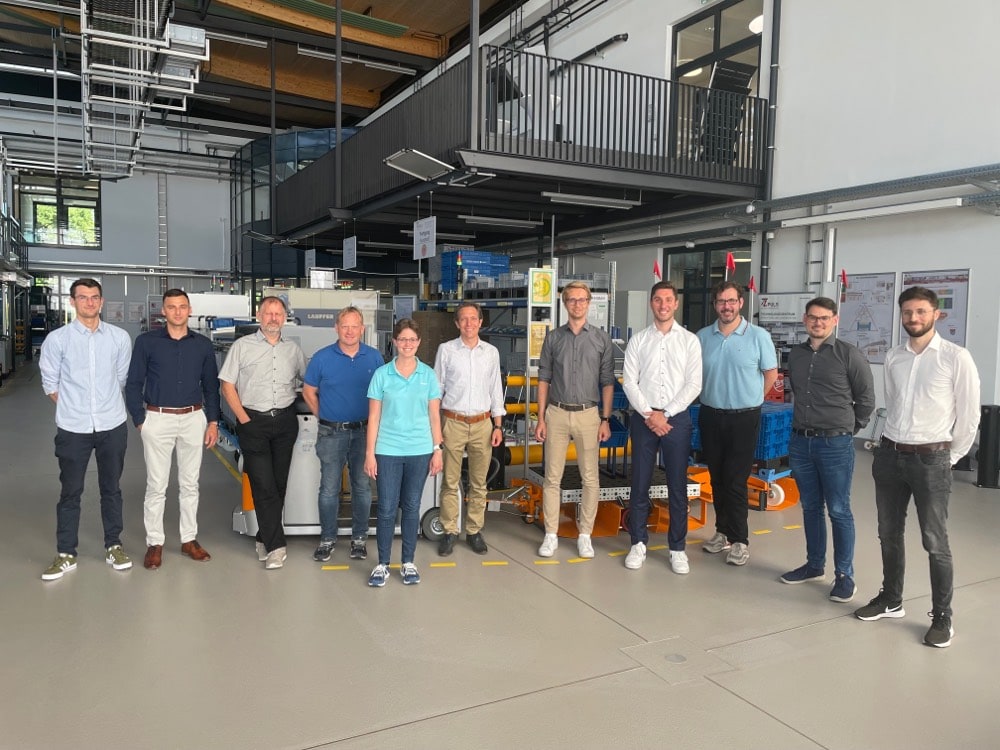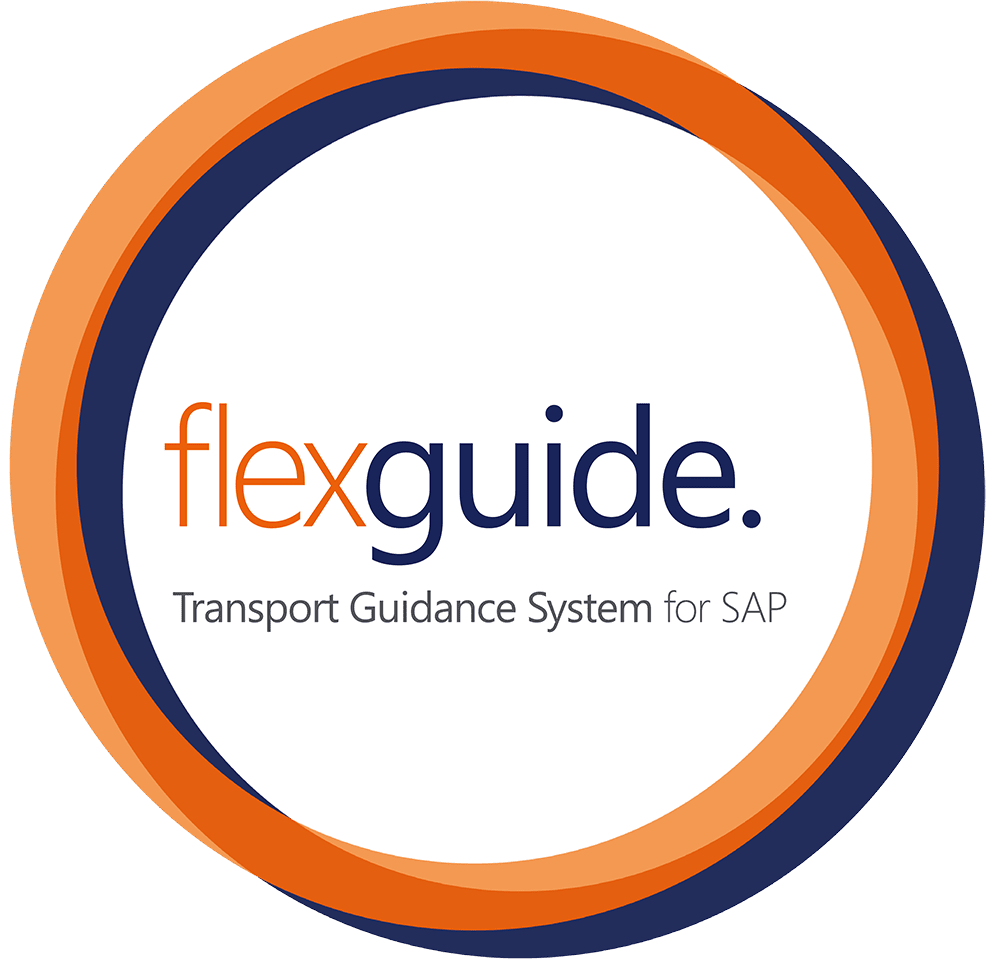In the context of digital transformation, the buzzword “digital twin” is heard again and again. The idea behind is always influenced by other key technologies of digitalization. This article discusses the three most common conceptions of a digital twin as well as the trend-setting ISO standard 23247 for the digital twin in production.
View 1: The visualizing twin
Existing automation solutions in industry are to be supported with the help of a digital twin – this concept already has received a lot of attention. The focus here is on a (manipulable) 3D model of the plant to be automated. The vision was to use virtual or augmented reality to create a better haptic for the use of existing automation frameworks. In short, a support for automation integration and organization.
Most recently, however, the image of a digital twin is evolving away from a primarily visual representation toward detailed simulations of manufacturing plants, in some cases without visualization at all purely on the basis of key figures.
View 2: The simulating twin
Supported by increasingly complex and small-step manufacturing processes and the resulting difficulty in recording the processes, pure automation approaches are increasingly reaching their limits. This is exactly why the “new” simulative digital twin has enormous potential for use in intralogistics, especially in synergy with a master control system such as the FlexGuide transport and forklift guidance system from Flexus AG. Settings of the master control can be tested and optimized without risk for the actual productive system. Likewise, the time-consuming creation of realistic test cases – as far as possible – is reduced to a minimum. Of course, process optimizations can be operated independently of a master control system as long as sufficient data is collected and made available in a suitable simulation.
The main issue of a simulating digital twin: The usability of the twin is determined by the degree of adaptation and detail of the model.
The TwInTraSys research project

Exactly this issue is treated in the research project TwInTraSys. Together with the OTH Regensburg, the HAWL Landshut, the Simplan AG, the company Hipp and the company Mann+Hummel, the Flexus AG researches the prototypical implementation of a generic digital twin as described before.
View 3: The representative twin
In recent times, the guiding idea of Industry 4.0 “networked machines” or also “Internet of Things” (IoT for short) has increasingly been found in the discussion about the digital twin. Here, the digital twin corresponds to an administrative instance of a production machine, which is often also referred to as a virtual agent. The instance is not intended to simulate or illustrate the production machine as before, but to control its behavior. The planning and decision-making of such agents is the intersection with artificial intelligence, which gives additional momentum to the topic of digital twin.
The unique feature in comparison to the “standard” Iot idea is that machines not only communicate with each other via a strongly connected network, but they even collaborate.
The FlowPro research project, in which Flexus is also participating, represents one example. In summary, the project team is working on an AI-supported agent system that optimizes intralogistic transports by means of a fleet of automated guided vehicles (AGVs) – the agents. For a more detailed explanation of the project scope, see the article Flow-Pro – Automated transports for the SAP logistics of the future.
ISO standard 23247: Automation systems and integration – Digital twin framework
The ISO standard is a standardization of the system architecture, i.e. the technical structure of a digital twin. Accordingly, the standard is agnostic with regard to the actual functions that the digital twin fulfills in the application. The functions listed include, for example, “Real time control”, “Virtual testing” and “Synchronous monitoring”, so all of the described concepts are covered by the standard.
However, the standard provides for a close coupling of the digital twin to the real system. This is to take place in the form of a feedback loop that regularly transmits the current load data to the digital twin and ensures that it is up-to-date. On the basis of this requirement for synchronization and close networking, one can guess that in the future a digital twin will correspond less and less to a mere visualization, but rather to a synchronously running simulation that additionally offers possibilities for process control or supports it there.
Conclusion
Due to its manifold forms and the constant evolution of the understanding of a digital twin, we will see this digital family member more and more often in operational use. Each of the views described has its own raison d’être and areas of application. In the future, however, the tendency will probably be towards synchronous simulations – i.e. a mixture of the last two concepts, as only these can represent complex systems well and at the same time justify the development and connection costs. At the same time, visualization or evaluation can still be performed on the basis of these simulations.
Confirmed by the participation in the mentioned research projects Flexus AG does not let these innovations pass by unnoticed. So anyone interested in the topic should keep an eye on this blog.

Author – Dominik Grasser
AI Developer
Working at Flexus, he optimizes the intralogistics of our customers with appropriate optimization algorithms. The main application of this is in the optimization of forklifts, tugger train logics and the efficient control of AGVs.

